Paltoi and Irolpa: Traditional Bishnupriya Manipuri Oil Free Cuisine.
Kickoff Paltoi (or Irolpa):
If you are in search of non oil traditional food, then, Paltoi or Irolpa is a perfectly healthy and flavorful dish from the Bishnupriya Manipuri community kitchen, is a must try. This dish is very simple, nutritious and deeply rooted in the community’s daily lifestyle food habits.
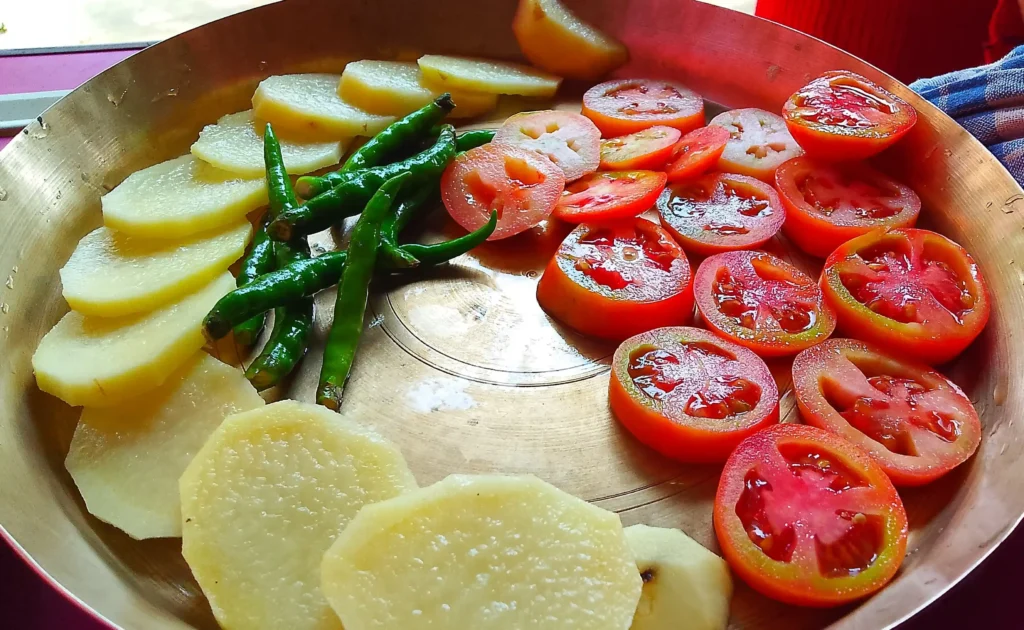
Background and Origin:
Paltoi, also known as Irolpa, is a classic example of traditional food that perfectly blends nature and simplicity. With no oil or spices, this dish is made using fresh, seasonal ingredients that are cooked to perfection. It has been a very essential part of Bishnupriya Manipuri households over the generatioins that drawing attention to the community’s priority on natural and healthy cooking.
Ingredients and Preparation:
The charm of Paltoi or Irolpa lies in its straightforwardness. To prepare this non oil traditional food, you will need:
- Fermented fish for that extra flavor (Flamed).
- Vegetables like Potatoes, eggplant, beans, and bamboo shoots.
- Some special herbs (Mostly found in Bishnupriya households only) like coriander and benny leaves for that nice smell.
- Salt to make the taste better.
- Lentils (Dal) to give it a creamy or light thick feel.
- Green peeper.
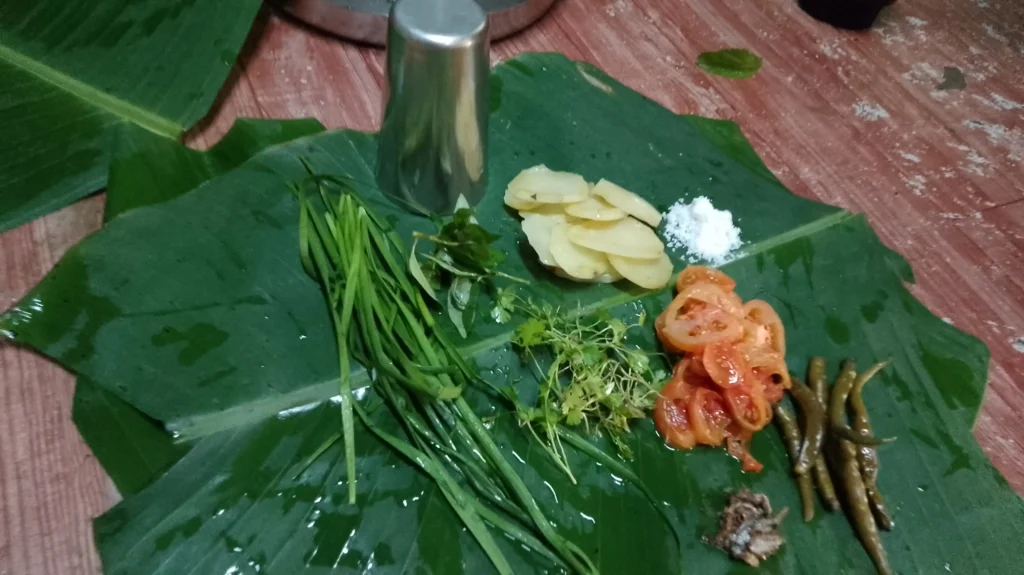
Variations and Modern Twists:
While the original recipe avoids oil entirely, modern variations include lightly sweating the vegetables for added flavor. Some even experiment by adding seasonal fruits like Jackfruit seeds, Bamboo shoot & Taro giving this non oil traditional food a creative twist.
How to Prepare It:
Follow these steps for preparation: –
🥗 Step 1: Clean the Vegetables: Wash the fresh vegetables nicely to keep all the good nutrients and flavor.
🫕 Step 2: Boil Them on Low Steam: Boil the vegetables in water on low heat until they become soft and delicate & also boil lentils in a separate pot if required. (add salt as per your taste, this refers when you wish to make Irolpa)
🥣 Step 3: Blend All Together: Now, mash the boiled vegetables and lentils into a thick, smooth texture.
🧂 Step 4: Finishing Touches: Now, sprinkle some fresh herbs to add a delightful aroma and extra flavor.
🥡 Step 5: Add Fermented Fish: Now, to give it an extra taste add some flamed fermented fish (make sure to separate the fish bones first).
🧂 Step 6: Add Salt: Finally, add salt as per your taste.
🌀 Step 7: Sour Touch: You can also add some tangy tasting herbs to bring a bit of sourness, balancing the dish. (Optional)
The dish is slow cooked, letting the natural flavors are vividly expressed. so, it is a perfect example of a standout non oil traditional food.
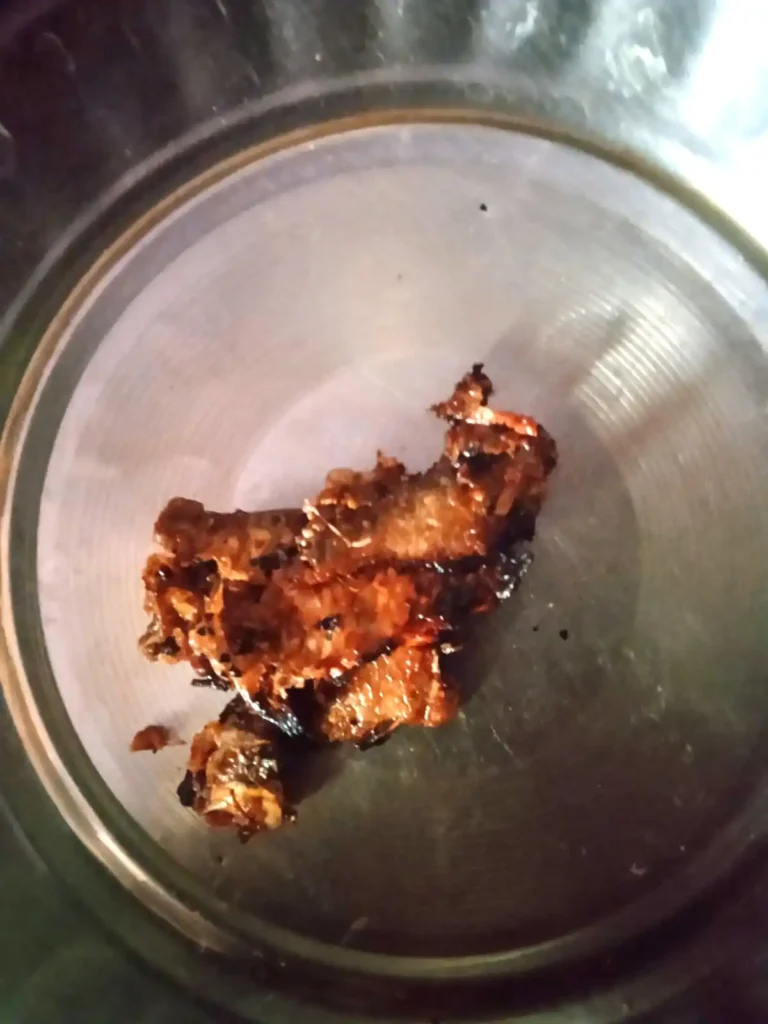
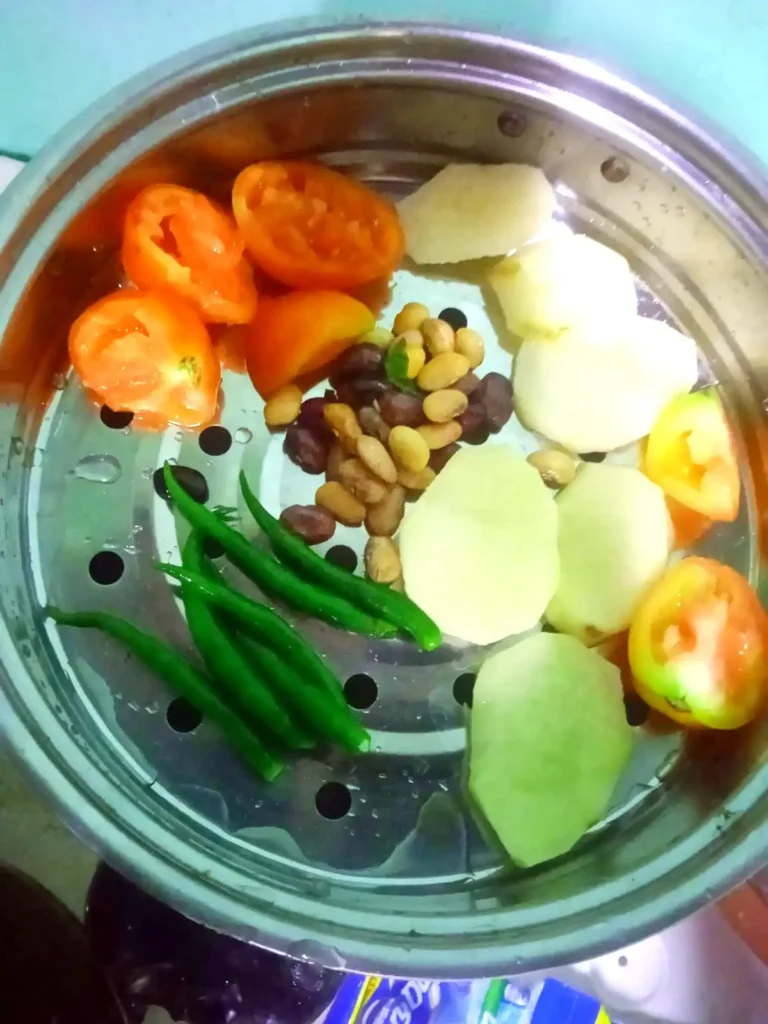
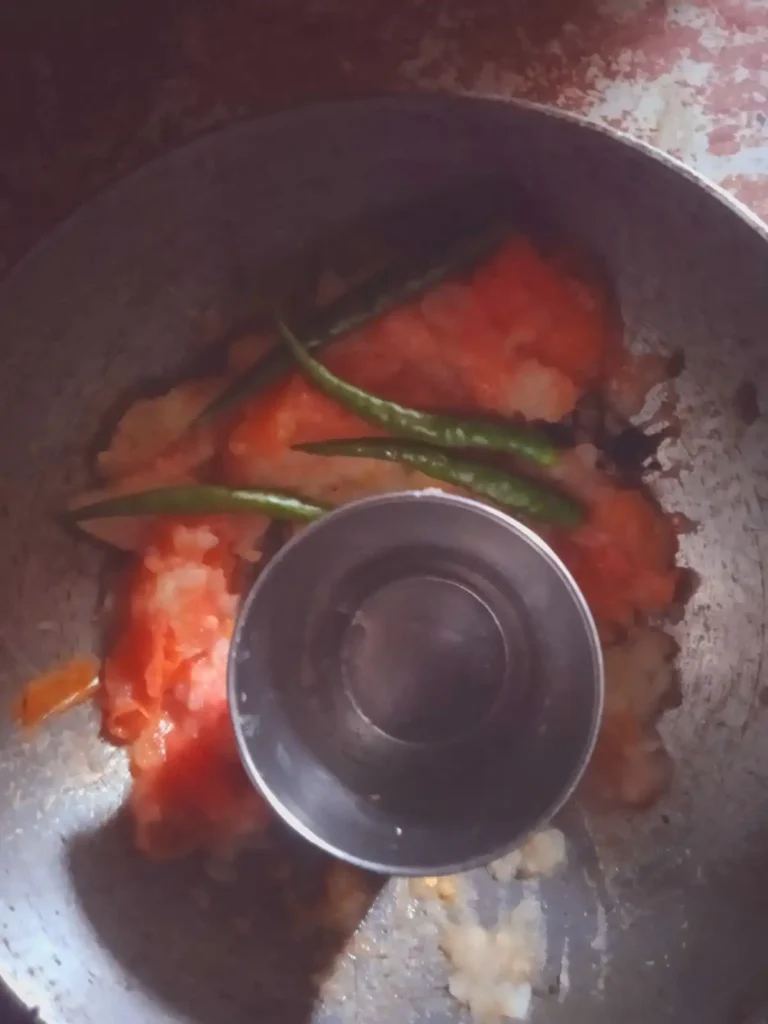
Taste and Flavor:
Paltoi has a gentle & earthy taste that really lets the fresh, natural flavor of the vegetables are noticeable. Without any oil or strong spices, the fresh flavors of the ingredients are what stand out the most. It is so refreshing and full of goodness and just offers a relaxing and delightful eating experience.
Cultural Significance:
For the Bishnupriya Manipuri community, Paltoi or Irolpa represents more than just a healthy curry alternative. it reflects their simple and nature-centric lifestyle. This non oil traditional food is often prepared for special occasions and paired with rice to honor nature’s abundance. Eating this with family deepens the sense of belonging and celebrates their cultural heritage.
Serving Style:
Traditionally, Paltoi or Irolpa is served with steamed rice. For those who enjoy a bit of a kick, it pairs wonderfully with fermented fish or tangy pickles. For a true traditional authentic experience use banana leaves or pottery bowls for serving.
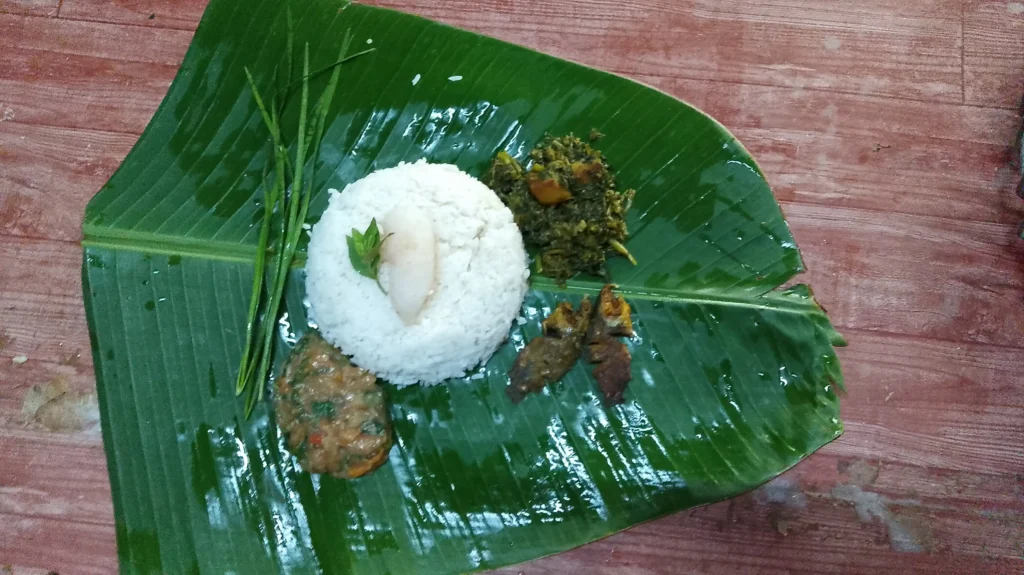
Health and Nutrition:
Paltoi is an excellent choice for health conscious individuals. Its non oil traditional food preparation makes it heart friendly, while the vegetables provide plenty of fiber, vitamins, and minerals. It is proof that eating healthy does not mean compromising on flavor.
Where to Get It?
To enjoy Paltoi’s authentic earthy flavor, you can visit a Bishnupriya Manipuri household or attend a nearby community gathering. You can also make this oil-free traditional dish at home using fresh vegetables and herbs from your local market if available.
Spot Bishnupriya Manipuri Community:
Bishnupriya Manipuri community villages can be spotted in northeastern India and certain parts of Bangladesh. Please check out the specific regions below.
India:
- Assam: Silchar and Karimganj are prime locations for the Bishnupriya Manipuri community. Silchar is particularly known for preserving their cultural and culinary heritages. Guwahati and other towns in Assam also have smaller communities where you might get a chance to explore their cuisine.
- Tripura: Kailashahar and Dharmanagar & Kumarghat are three prime locations. These areas are home to many Bishnupriya Manipuri families. If you visit, connecting with locals can lead you to taste some non oil food & home cooked meals.
Bangladesh:
- Bangladesh: Sylhet and Srimangal districts are well known for their Bishnupriya Manipuri population. These areas are rich in culture and traditions, making them another perfect spots to explore their traditional food.
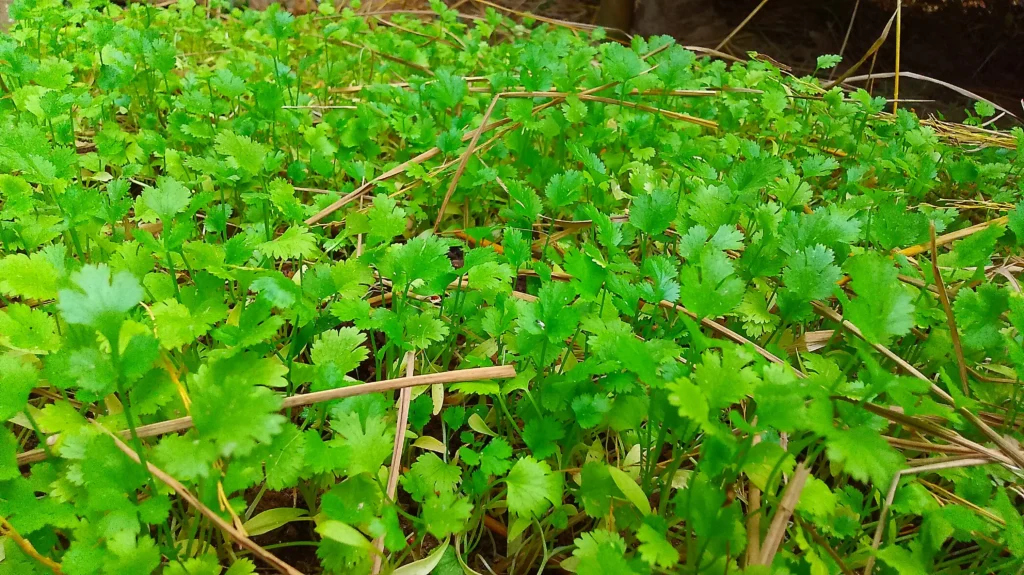
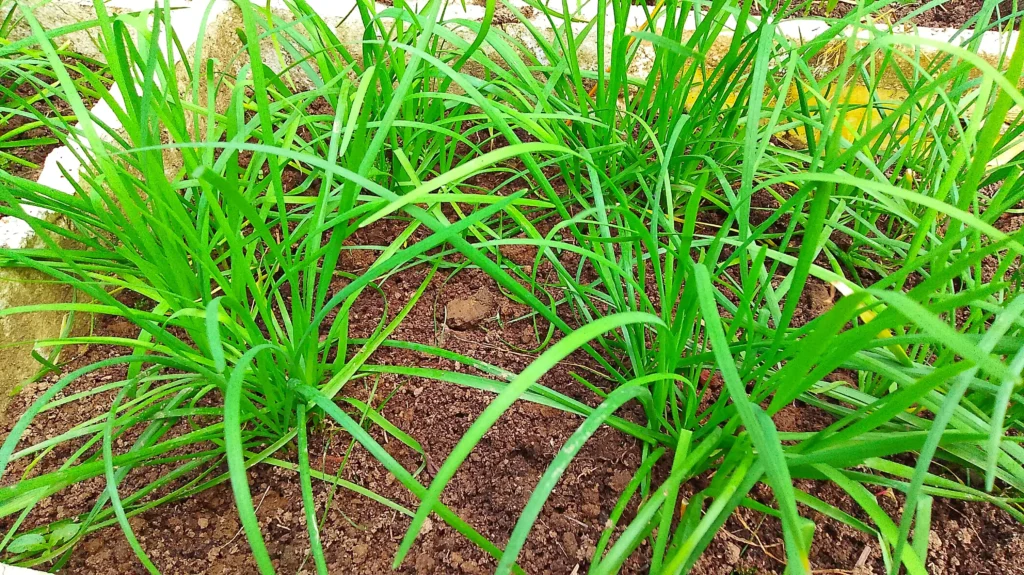
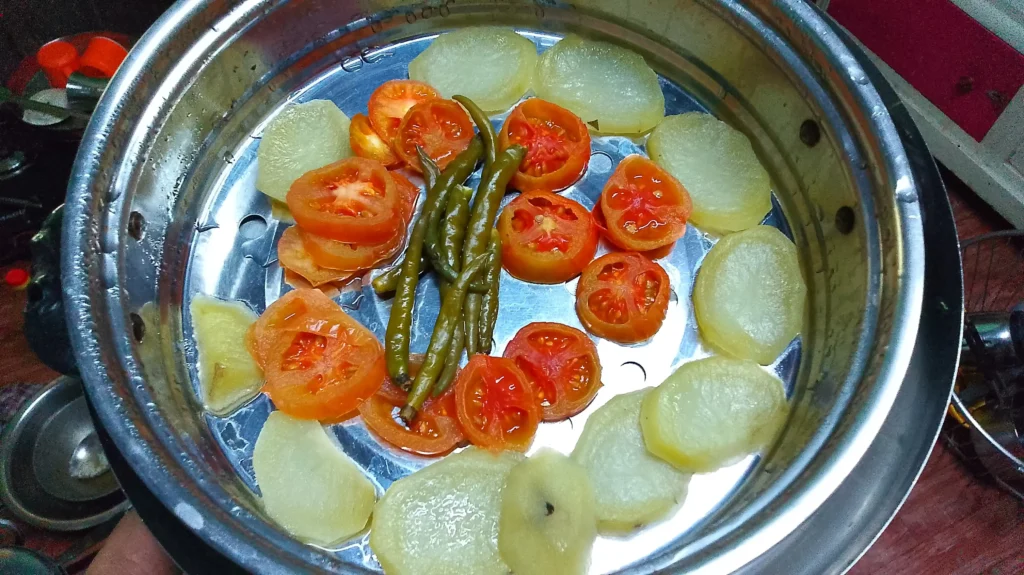
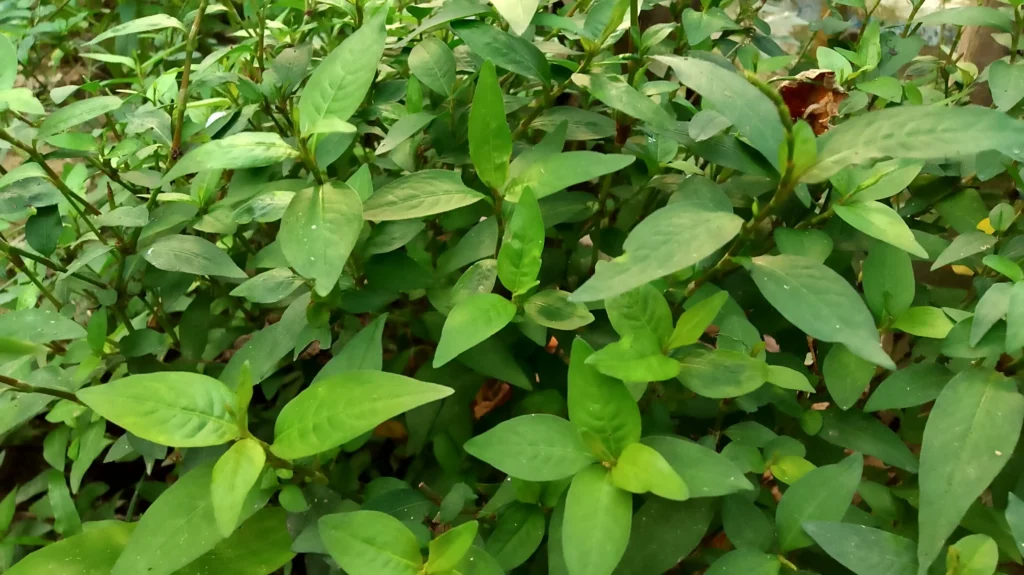
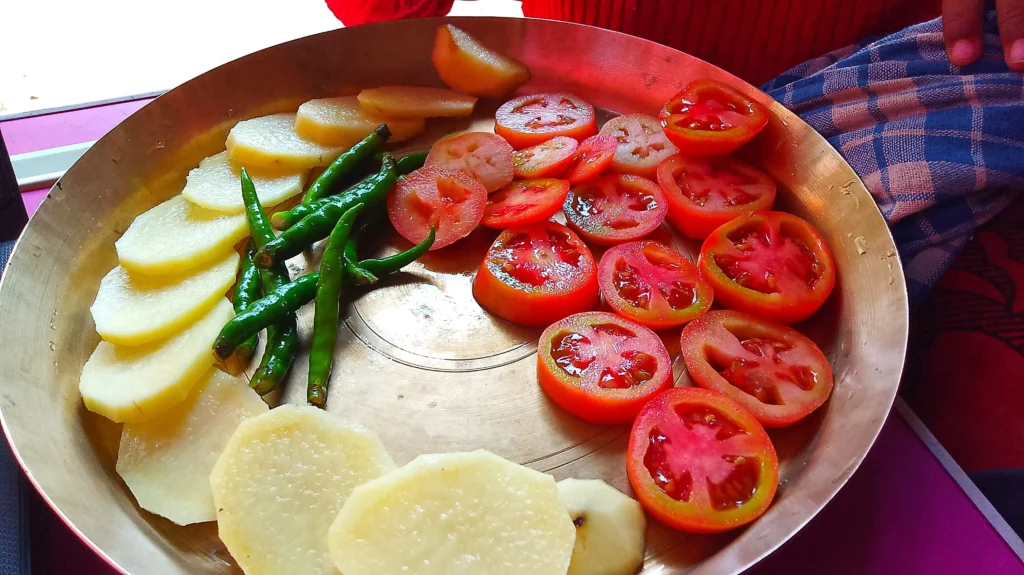
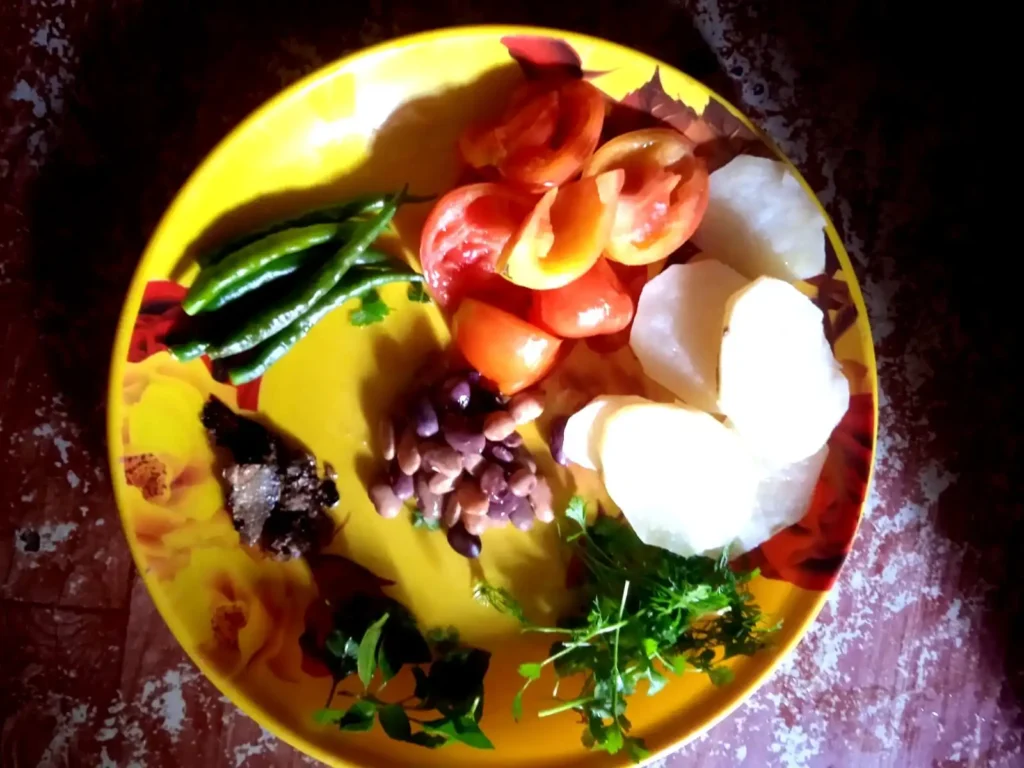
Final thoughts:
Paltoi or Irolpa is a true healthy food of every Bishnupriya Manipuri individuals and its deep connection to freshness of the nature. Whether you are a food blogger, foodie or just someone looking for healthy non oil traditional food or traditional dishes, this oil free healthy dish is definitely blowing your mind. This bring the flavors of Bishnupriya Manipuri heritage to your table and enjoy a meal that is as nutritious as it is delicious.
A Friendly Tip:
The Bishnupriya Manipuri dishes are not mainstream in restaurants because of its specific requirements i.e. rarity of different types of herbs, so it is worth connecting with locals or attending cultural events. If you are lucky, you will taste Paltoi or Irolpa’s authentic flavors, which are more healthy & interesting than any other dishes – it is a story of their roots!
FAQ For Paltoi or Irolpa.
1. What is Paltoi or Irolpa?
Paltoi (or Irolpa) is a Bishnupriya Manipuri non oil traditional food, typically prepared at Manipuri homes. It’s light and healthy, aromatic with natural flavors.
2. What are the ingredients of Paltoi?
It’s made from easonal vegetables are good, sometimes lentils (if you like) and varies according to recipe and supplies & regional availability.
3. How is Paltoi prepared?
Paltoi is steamed or cooked without a single drop of oil. This keeps things simple and healthful while allowing the natural flavors to diffuse.
4. Is Paltoi a vegetarian dish?
No, But in some places they might put some farmented fish. Paltoi can be prepared as a vegetarian food too. It really depends on the region and on how you feel.
5. What makes Paltoi healthy?
It is an oil free, nutrient dense dish that usually contains whole grains and veggies, and is all around a healthy meal.
6. Where do people typically eat Paltoi?
Paltoi is popular in rural and semi-urban areas of northeastern India and bangladesh, where it’s favored for both its simplicity and flavor.
7. How much time it will take to prepare Paltoi?
Paltoi comes together quickly in 20–30 minutes, depending on which recipe you are using.
8. Can Paltoi be customized?
Absolutely! Feel free to customize it with any available vegetables, herbs or lentils to taste.
9. Where can I learn to make Paltoi?
You can learn from elders in Bishnupriya Manipuri traditional households or follow non oil traditional food recipes shared in regional cookbooks and online platforms.
You May Also Like:
> Rakhal Nach, the Best Dances in Bishnupriya Manipuri Culture and Tradition.
> Unakoti heritage site.
> Tirupati Balaji Temple Kailashahar: #1 Best Spiritual Destination.

